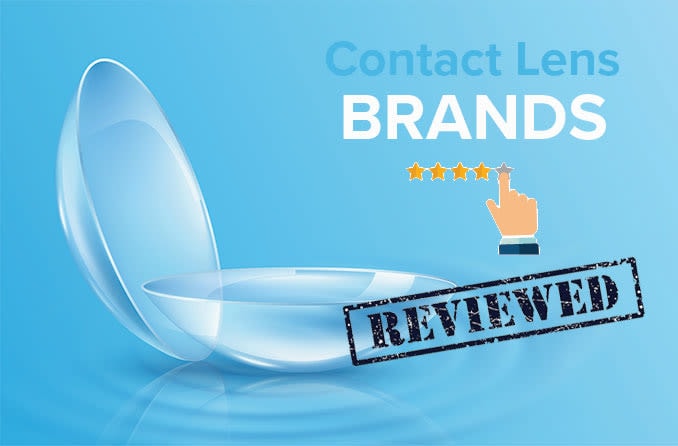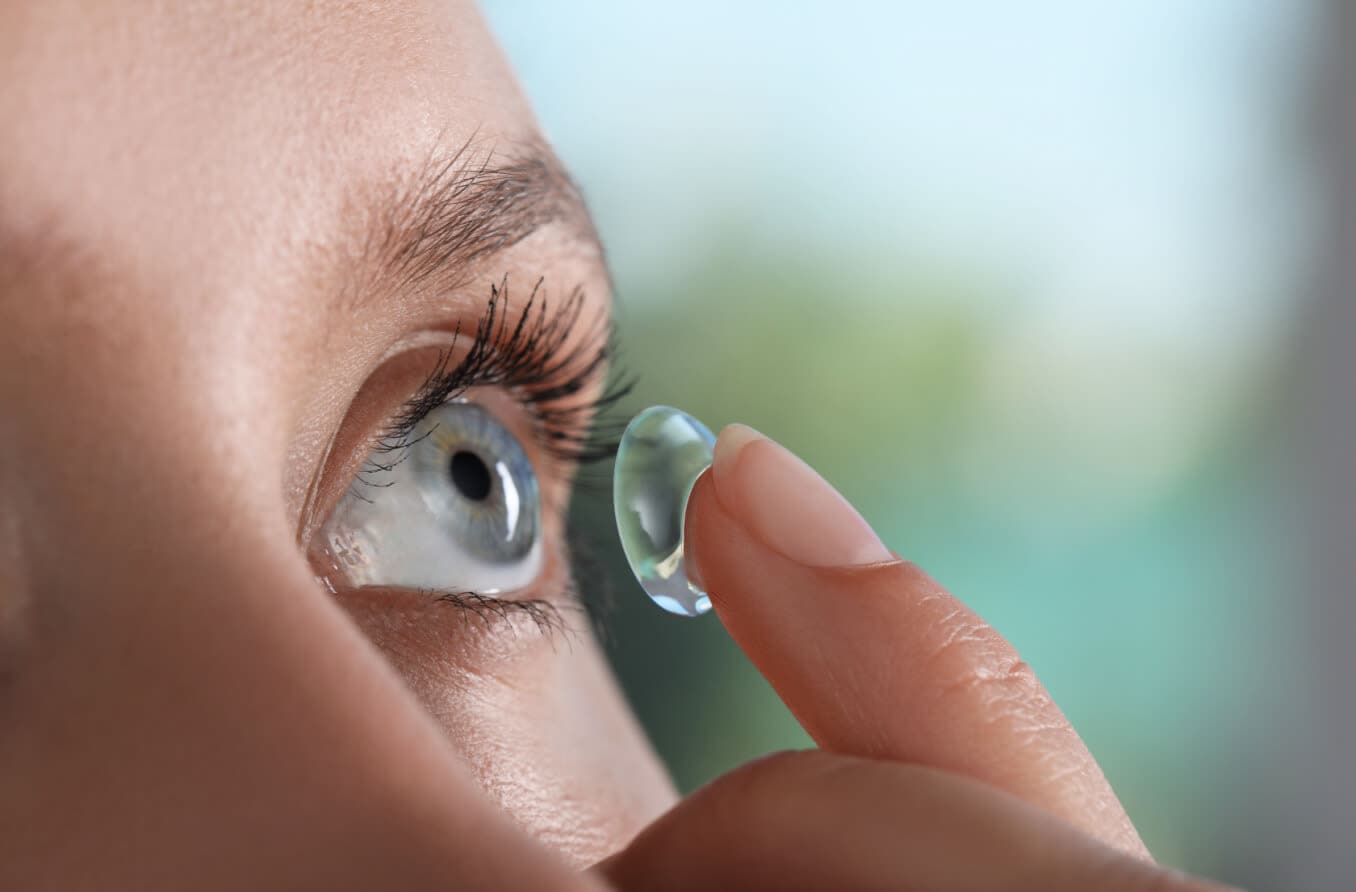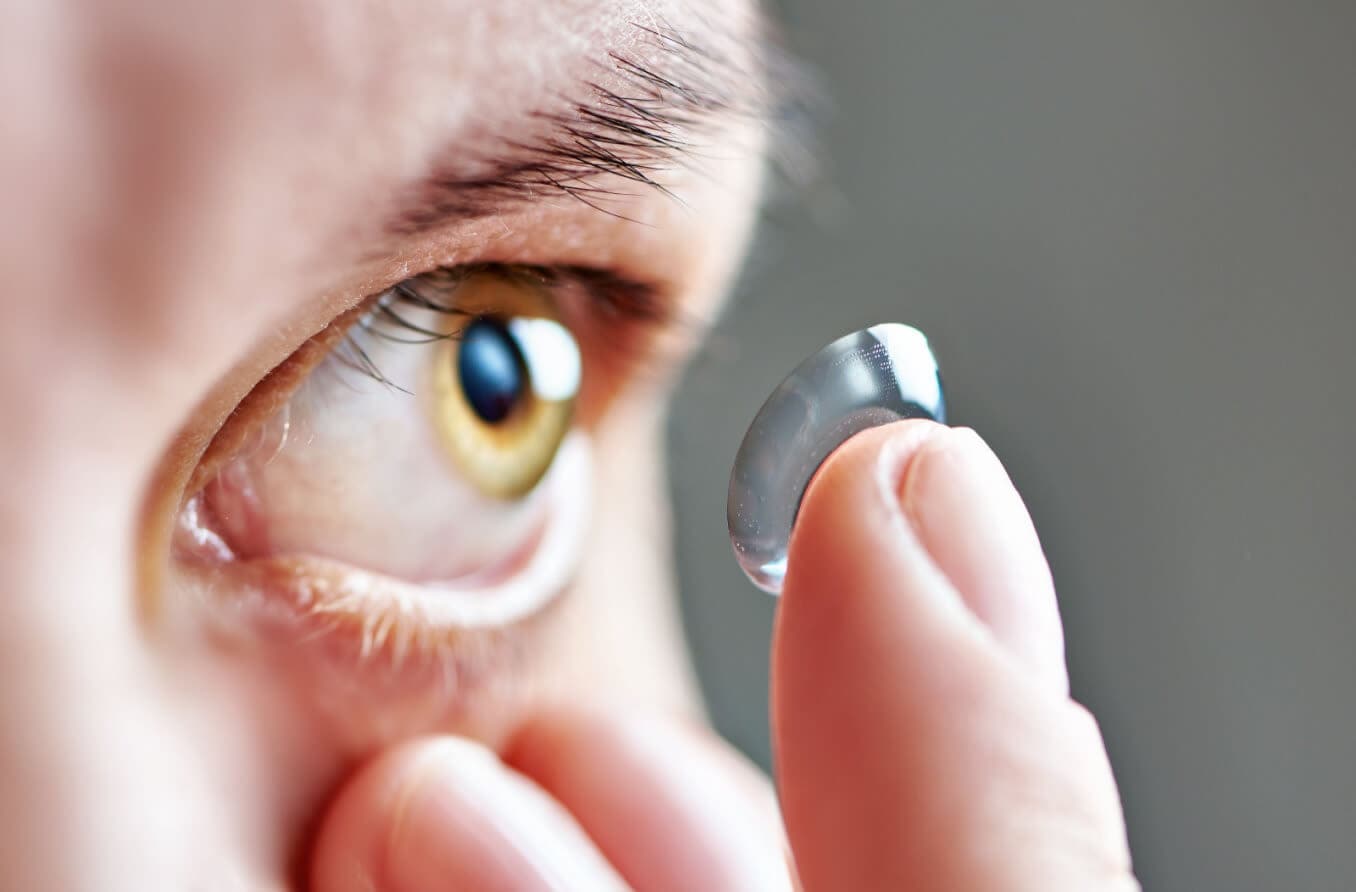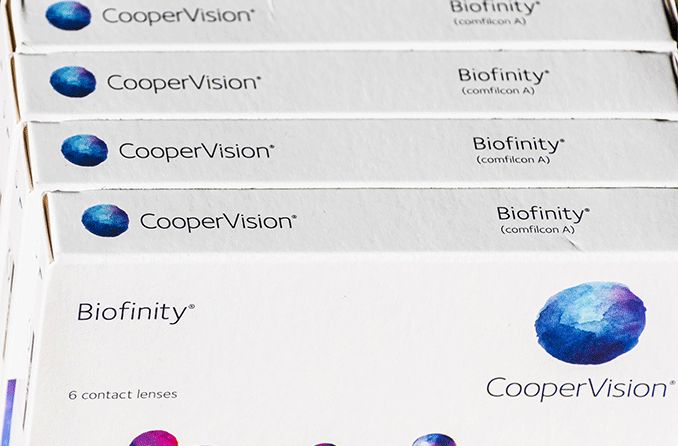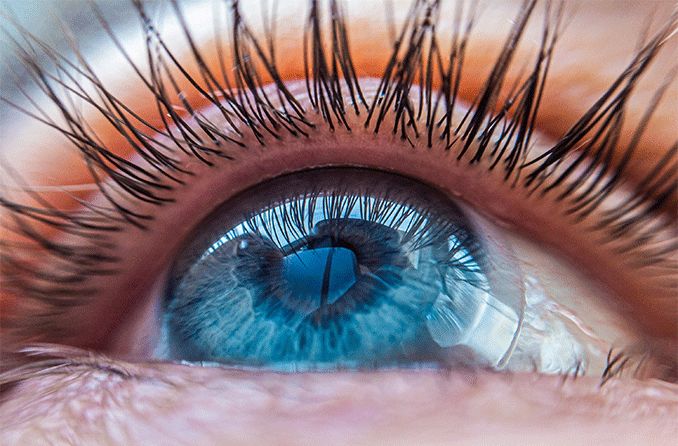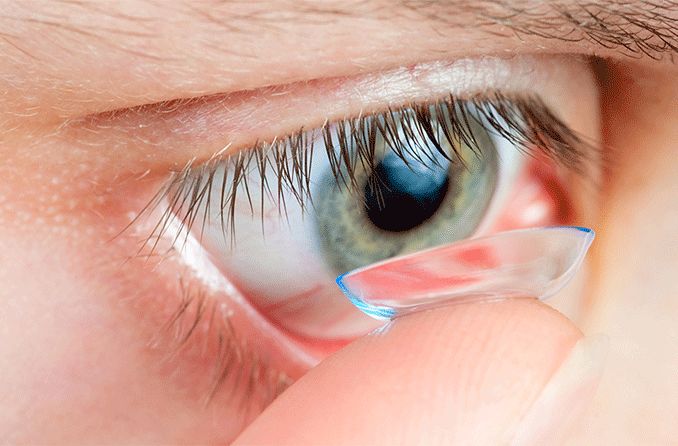In the past, if you wore toric soft contacts for astigmatism, you had to make a decision sometime after age 40, when you also began to have trouble reading due to presbyopia: Either start wearing reading glasses over your contacts or switch to bifocal rigid gas permeable contact lenses.
For many people, neither of these were desirable options.
First of all, having to wear and carry around reading glasses defeats the purpose of wearing contact lenses, which is to be free from glasses. And though reading glasses can restore your near vision after age-related presbyopia becomes apparent, readers blur your distance vision — so you have to keep putting them on (for reading) and taking them off (to see across the room). It's annoying.
For some people with astigmatism, switching to bifocal gas permeable (GP) contacts after age 40 can restore clear vision at all distances. But getting used to wearing rigid GP lenses after comfortably wearing soft lenses can be a challenge, and some people simply can't adapt to GP lenses.
Also, to remain comfortable, GP lenses must be worn every day. This eliminates the convenience of a flexible wearing schedule that soft contacts offer for people who don't want to wear contact lenses all day, every day.
And while it's true that soft bifocal contact lenses have been available for many years, these lenses didn't correct astigmatism. But now that has changed.
New soft bifocal contacts that also correct astigmatism — called toric multifocal lenses — offer people with both astigmatism and presbyopia the clear vision at all distances they desire, with the wearing comfort they've come to expect with single vision (non-presbyopic) toric soft lenses.

Bifocal contact lenses for astigmatism allow people over age 40 who have irregular corneas to see clearly at all distances and eliminate the need to wear reading glasses over contacts.
Features Of Soft Bifocal Contacts For Astigmatism
Several bifocal and multifocal soft contact lenses for astigmatism are available in the United States. During your contact lens exam and fitting, your eye care practitioner will be able to determine whether you are a good candidate for them, and which brand is the best choice for your particular needs.
To keep the astigmatism correction properly positioned in front of the eye, most of these lenses are designed with a stabilization system.
Some are fully customized to each wearer's prescription needs, while others come in a more limited range of distance and near powers, as well as astigmatism correction.
Generally, there are two types of designs for soft bifocal contacts for astigmatism. One type features a progressive power design, similar to the design of progressive eyeglass lenses. The other features concentric rings of different powers for different viewing distances.
In some concentric ring designs, the portion of the lens covering the center of the pupil has the power for near vision ("center-near" designs). In others, the central zone of the lens contains the power for distance vision ("center-distance" designs).
Materials used for soft bifocal contacts for astigmatism include conventional hydrogels and more highly breathable silicone hydrogels. Monthly, bimonthly, quarterly and semi-annual lens replacement schedules are possible, depending on the lens brand, design and material.
Hybrid Bifocal Contacts For Astigmatism
Another option worth considering if you have both astigmatism and presbyopia is multifocal hybrid contact lenses.
Hybrid contacts have a central optical zone made of rigid gas permeable plastic, which is surrounded by a peripheral (non-optical) zone made of a soft lens material for easier adaptation. For some people, this offers greater wearing comfort than conventional GP lenses.
Currently, only one contact lens manufacturer (SynergEyes) offers FDA-approved multifocal hybrid contact lenses.
Cost Of Bifocal Contacts For Astigmatism
Because of the complexity of the design of astigmatism-correcting bifocal contacts and the time and expertise required to fit them, expect to pay significantly more for these contact lenses.
It's not unusual for bifocal contacts for astigmatism to cost at least twice what you would pay for toric lenses that correct just astigmatism (with or without nearsightedness or farsightedness) and up to twice what you might pay for custom bifocal contacts that do not correct astigmatism.
You Still May Need Glasses (Occasionally)
Bifocal contacts for astigmatism usually provide excellent functional vision for most daily activities. But for some tasks, you will likely see better and/or be more comfortable with readers over your contacts or with prescription eyeglasses rather than contact lenses.
For example, it's a good idea to have a pair of reading glasses handy to wear over toric multifocal contacts for reading very small print (such as that on medicine bottle labels) or for fine detail work, like threading a needle and hand sewing.
Also, for prolonged computer work and extensive reading, you typically will have greater clarity and comfort wearing glasses rather than contact lenses of any kind. This is because we tend to blink less frequently during these tasks, which causes contact lenses to become dry.
The quality of vision of specialty contact lenses such as bifocal contacts for astigmatism can be especially affected if the lenses dry out and don't move adequately or remain properly positioned on the eye for accurate astigmatism correction. Also, people over age 40 are more prone to dry eyes than younger adults.
For prolonged computer work, I highly recommend computer glasses rather than general-purpose bifocals or progressive lenses. Your eye doctor can prescribe computer glasses that are specifically tailored to provide the sharpest vision and greatest comfort for your preferred working distance in front of your computer screen.


